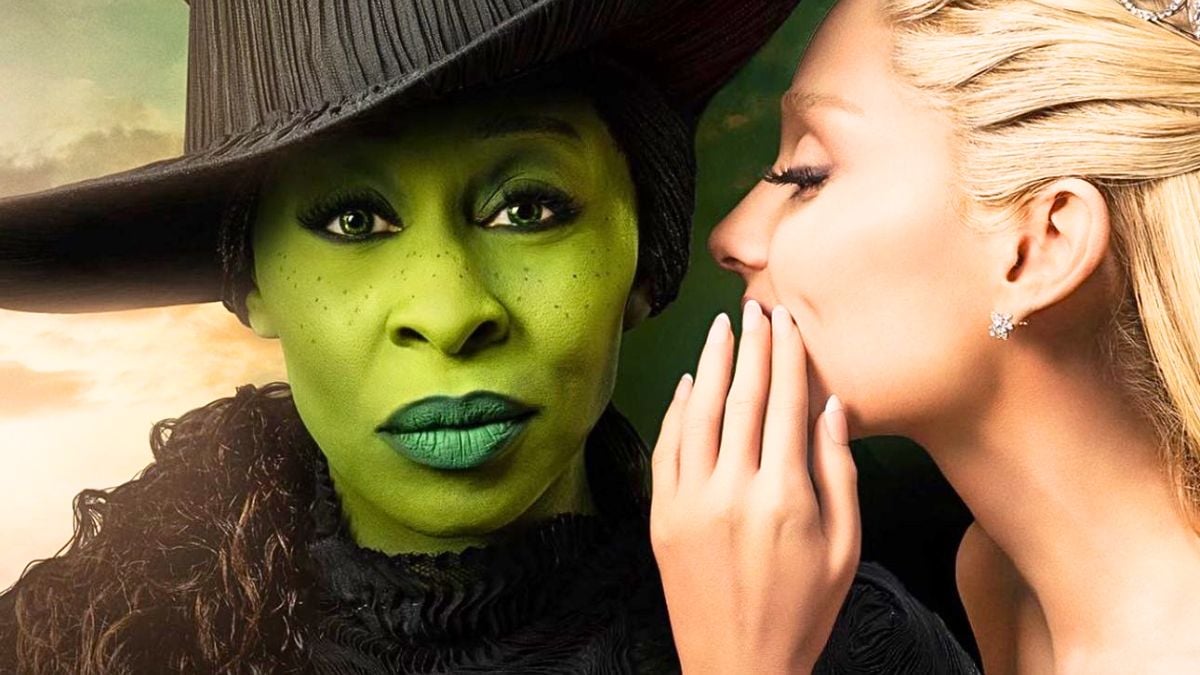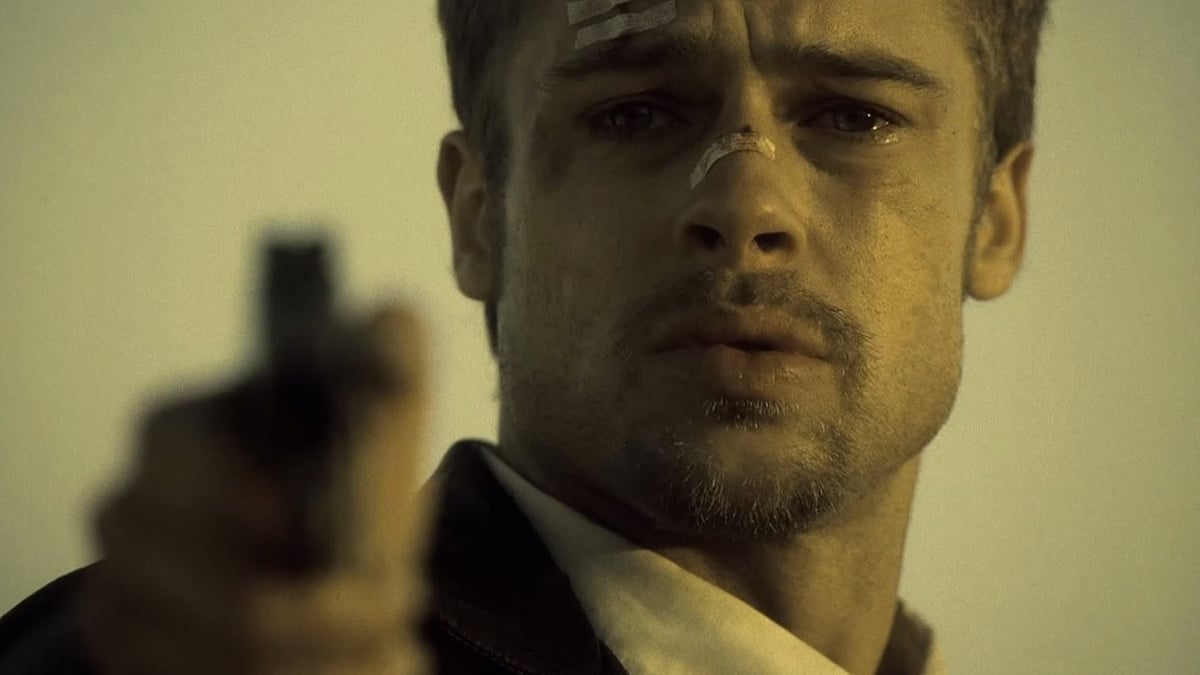On the surface, Edgar Wright’s Last Night in Soho opens like a rite of passage movie, leaning into London locations as a transformative catalyst for Thomasin McKenzie’s Eloise: A naïve, talented, and socially awkward twentysomething trying to find her feet in the big city. However, what emerges over the course of two hours is an increasingly inventive sensory assault, melding the kaleidoscopic color palette of 1960s London with Stanley Kubrick circa 1979.
What the director has done is embrace an era through its iconography, moving from a muted modern-day color palette, to a vibrancy that fully exploits the moment these characters step back in time. Not only is this achieved through an eclectic playlist of vintage tunes, but composer Steven Price expands on that through his tempered soundscape and orchestral interludes. Musically, it also opens up the melodramatic elements, allowing this uninhibited era to be explored on a narrative level.
Delicate piano introductions accompany Eloise as she finds her feet, strikes out on her own, and then disappears down a Thunderball-shaped rabbit hole. Crescendos and sinister snippets of orchestral undercurrent also feed into the more abstract moments, allowing Steven Price the freedom to really add an additional layer of ambience.
Beyond the contributions of a continually intuitive score, Last Night in Soho also embraces influences from elsewhere, be they French New Wave hat tips or Orson Welles-inspired moments of literal reflection. Many of these visual flourishes come through the inspired collaboration of revered cinematographer Chung-hoon Chung on this project.
A veteran of Korean cinema, who made his mark working alongside director Park Chan-Wook on films including The Handmaiden and Oldboy, he enables Edgar Wright to indulge his creative whimsy. Whether that means including references to both The Big Lebowski and The Evil Dead amongst a multitude of other cinematic deviations, Chung perpetually elevates by encouraging creative risk.
Beyond the casting of ’60s icons Terence Stamp, Rita Tushingham, and Diana Rigg, Wright really exploits the talents of both McKenzie and Anya Taylor-Joy, who are actors fitting so seamlessly into both eras, yet simultaneously complementing each other throughout. Not only is that essential for the narrative of Last Night in Soho to work effectively, but from a technical standpoint, it provides some of the most intriguing moments in this film. Meanwhile, Matt Smith shows his predatory side as Jack, in a role that sees him cast against type.
However, of those three, it’s Taylor-Joy who dominates as Sandie, proving to be both alluring, unobtainable, and enigmatic. Elegantly detached throughout, her character arc represents the movie’s most harrowing element. However, when working alongside McKenzie, the connection between Eloise and Sandie provides the backbone to Wright’s other cinematic indulgences, making this journey worthwhile.
Production design from Marcus Rowland also does much of the heavy lifting here, capturing a seedy Soho in full ’60s swing, before cantilevering back to modern-day London. Eerie bedsits, contemporary art colleges, and era-specific glass-lined nightclubs all get brought to life, in an effort to make this vision gain a heartbeat. It’s an approach which not only glosses over the patchier parts of this cinematic mosaic, but also keeps everything moving along at a good clip.
Expanding on this slightly, it is fair to say that Last Night in Soho loses its way at times. The story of murder, intrigue, and time travel is visually diverting but is formulaic. By splitting his narrative between two time periods, then letting one bleed into another, Wright is changing it up. However, beneath the audacious window dressing, simplicity sometimes shows its face. Meaning that any conclusion, however flashy, was always going to be unsatisfying.
That being said, what occurs in those final 20 minutes is a kitchen sink of creation thrown full force at a captive audience. Blood, betrayal, and numerous epiphanies all come home to roost as every card gets put on the table. Ground swells of music announce the impending doom, while orchestral surges of choral unity turn it into an operatic endgame.
That is where Last Night in Soho should have concluded, leaving crowds rocked to their foundation and floundering for closure. Why Wright felt the need to dilute the impact through a creative caveat, instead of delivering a sucker punch and running, will remain a mystery. Unfortunately, in that moment, Last Night in Soho gets relegated from genuinely great cinema to a simply good film, which is heartbreaking.










Published: Oct 28, 2021 12:57 pm